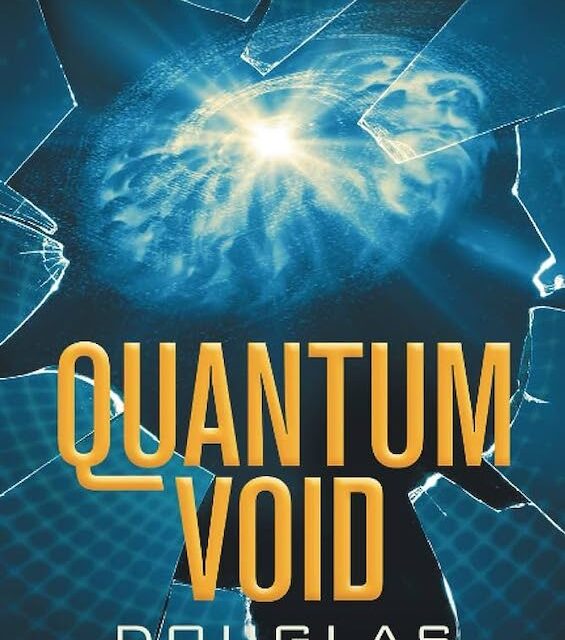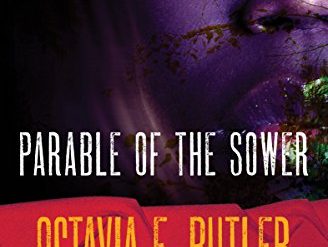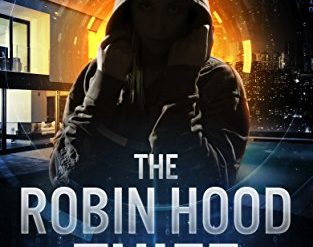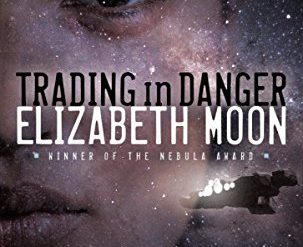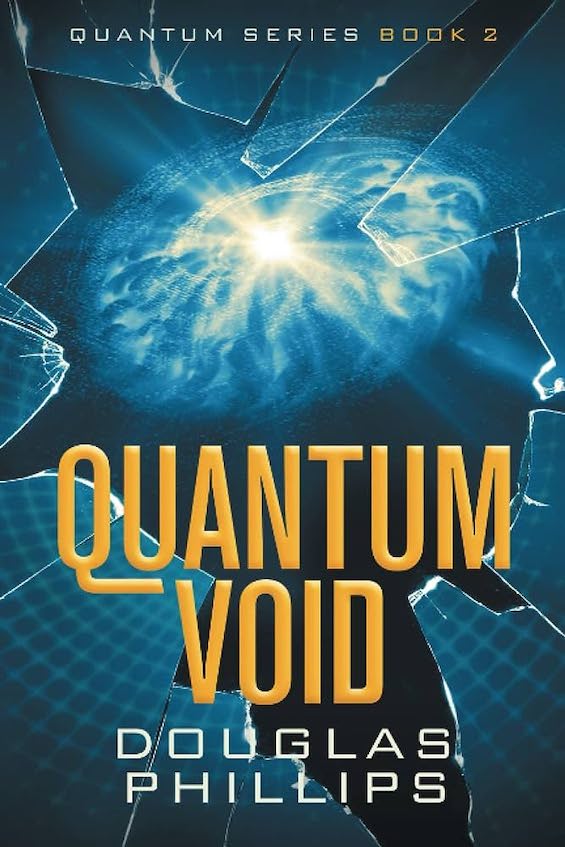
Spatial compression had already made unmanned spaceflight obsolete. The stars were now within easy reach for any probe, camera or radio link. Interstellar travel for humans was not yet possible, but one step at a time. Earth was now connected into a vast web of alien civilizations.” So we learn early in Quantum Void, the second entry in Douglas Phillips’ Quantum series. But then, suddenly, interstellar travel opens up and First Contact becomes a reality. There is, however, a catch. The technology is not as easy to use, or as safe, as it seems.
Estimated reading time: 3 minutes
Home-grown technology with an alien boost
The technology is home-grown using the world-famous Fermilab particle accelerator outside Chicago. Scientists there had stumbled on a method to compress fourth-dimension space, thus shortening travel between the stars to minutes or hours. But they learn how humans can travel through the fourth dimension only from Core, “the extraterrestrial cybernetic organism” they’d encountered when first exploring the technology. And now Core has sent them an android named Aastazin (“Zin”) as a guide. With its help, a team of four “katanauts” set out to meet the two intelligent species on a far-distant planet called Ixtlub.
Quantum Void (Quantum #2) by Douglas Phillips (2018) 353 pages ★★★★☆

Two adventures unfold simultaneously
While the katanaut team sets out on a two-day adventure to the stars, particle physicist Nala Pasquier moves forward with her research at Fermilab. Big mistake. When she pushes the technology above its rated limits, a massive explosion destroys her laboratory and the associated equipment deep below the surface of the Earth. And it sends her and her lab assistant into the fourth dimension, where they are trapped in a bubble.
Phillips spins out both stories in alternating chapters as scientists and government officials frantically search for a way to rescue Pasquier—and the interstellar travelers encounter eye-opening surprises on Ixtlub. The writing style is crisp and easy to read, and suspense piles on suspense as the tale moves forward at a blistering pace.
About the author
You’ll find a photo and a brief bio of Douglas Phillips on my review of Quantum Space, the first book in the Quantum Series.
For related reading
I’ve reviewed the first book of this series at Quantum Space (A breakthrough in quantum physics opens new vistas). Later, I reviewed the third book, Quantum Time (An entertaining tale of time travel).
For more good reading, check out:
- These novels won both Hugo and Nebula Awards
- The ultimate guide to the all-time best science fiction novels
- The top science fiction novels
- The top 10 dystopian novels
- 10 new science fiction authors worth reading now
- The five best First Contact novels
And you can always find my most popular reviews, and the most recent ones, on the Home Page.

